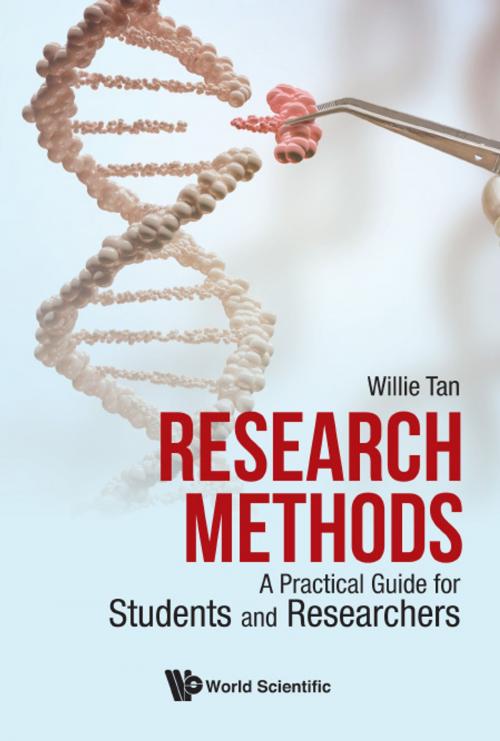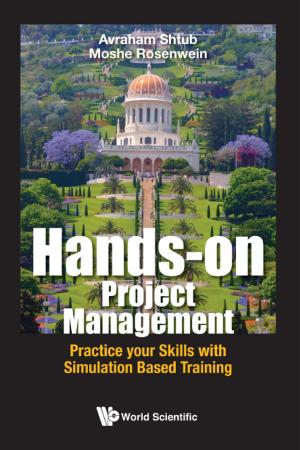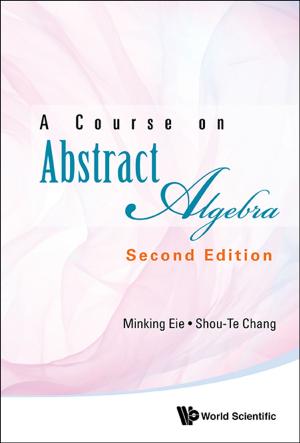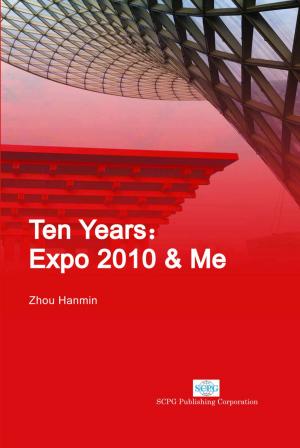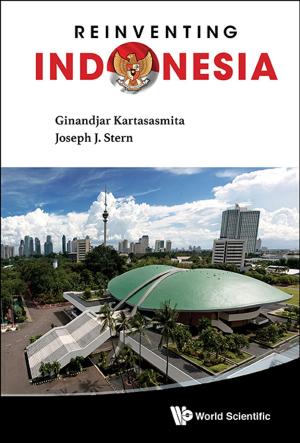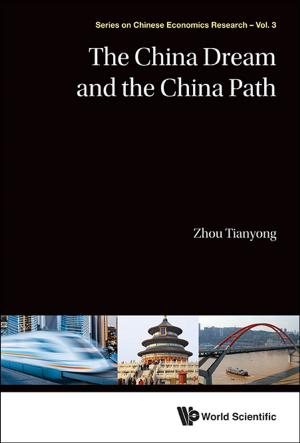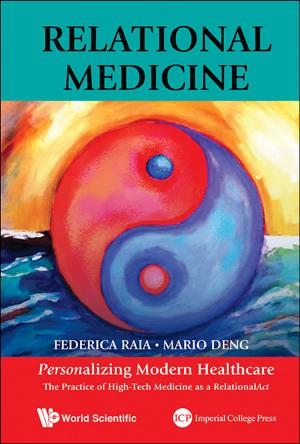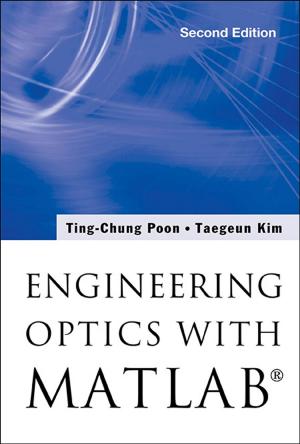Research Methods
A Practical Guide for Students and Researchers
Nonfiction, Science & Nature, Science, Other Sciences, Methodology, Reference & Language, Reference, Research| Author: | Willie Tan | ISBN: | 9789813229600 |
| Publisher: | World Scientific Publishing Company | Publication: | July 27, 2017 |
| Imprint: | WSPC | Language: | English |
| Author: | Willie Tan |
| ISBN: | 9789813229600 |
| Publisher: | World Scientific Publishing Company |
| Publication: | July 27, 2017 |
| Imprint: | WSPC |
| Language: | English |
For many students, doing research is often a joyless struggle. This book provides practical advice on how to do research in a concise way. It uses classic examples to show how experts conduct their research in different fields, allowing this book to be used in different disciplines.
Research Methods: A Practical Guide for Students and Researchers provides a practical guide to students and researchers on how to do their research systematically and professionally. The book begins by distinguishing between causal and interpretive sciences. It then guides the reader on how to formulate the research question, review the literature, develop the hypothesis or theoretical framework, select a suitable research methodology, and analyze both quantitative and qualitative data.
The book emphasizes integration. It does not merely provide a smorgasbord of research designs, data collection methods, and ways to analyze data. Instead, it shows how one can integrate these elements into a coherent research strategy.
Contents:
- Introduction to Research
- The Research Problem
- Framework or Hypothesis
- Research Design I: Case Study
- Research Design II: Survey
- Research Design III: Comparative Design
- Research Design IV: Experiment
- Research Design V: Regression
- Methods of Data Collection
- Collection and Processing of Data
- Qualitative Data Analysis
- Quantitative Data Analysis I: Survey Data
- Quantitative Data Analysis II: Experimental Data
- Quantitative Data Analysis III: Regression Data (Part I)
- Quantitative Data Analysis III: Regression Data (Part II)
- Concluding Your Study
- The Research Report
Readership: Undergraduate and graduate students across all research-based disciplines. Contents has been used by students from architecture, construction, engineering (all branches), information technology, and the service sector.
Key Features:
- Practical advice on how to conduct research professionally
- Integrated approach on the research process
- Use of classic examples to show how experts negotiate research issues in different fields
For many students, doing research is often a joyless struggle. This book provides practical advice on how to do research in a concise way. It uses classic examples to show how experts conduct their research in different fields, allowing this book to be used in different disciplines.
Research Methods: A Practical Guide for Students and Researchers provides a practical guide to students and researchers on how to do their research systematically and professionally. The book begins by distinguishing between causal and interpretive sciences. It then guides the reader on how to formulate the research question, review the literature, develop the hypothesis or theoretical framework, select a suitable research methodology, and analyze both quantitative and qualitative data.
The book emphasizes integration. It does not merely provide a smorgasbord of research designs, data collection methods, and ways to analyze data. Instead, it shows how one can integrate these elements into a coherent research strategy.
Contents:
- Introduction to Research
- The Research Problem
- Framework or Hypothesis
- Research Design I: Case Study
- Research Design II: Survey
- Research Design III: Comparative Design
- Research Design IV: Experiment
- Research Design V: Regression
- Methods of Data Collection
- Collection and Processing of Data
- Qualitative Data Analysis
- Quantitative Data Analysis I: Survey Data
- Quantitative Data Analysis II: Experimental Data
- Quantitative Data Analysis III: Regression Data (Part I)
- Quantitative Data Analysis III: Regression Data (Part II)
- Concluding Your Study
- The Research Report
Readership: Undergraduate and graduate students across all research-based disciplines. Contents has been used by students from architecture, construction, engineering (all branches), information technology, and the service sector.
Key Features:
- Practical advice on how to conduct research professionally
- Integrated approach on the research process
- Use of classic examples to show how experts negotiate research issues in different fields
